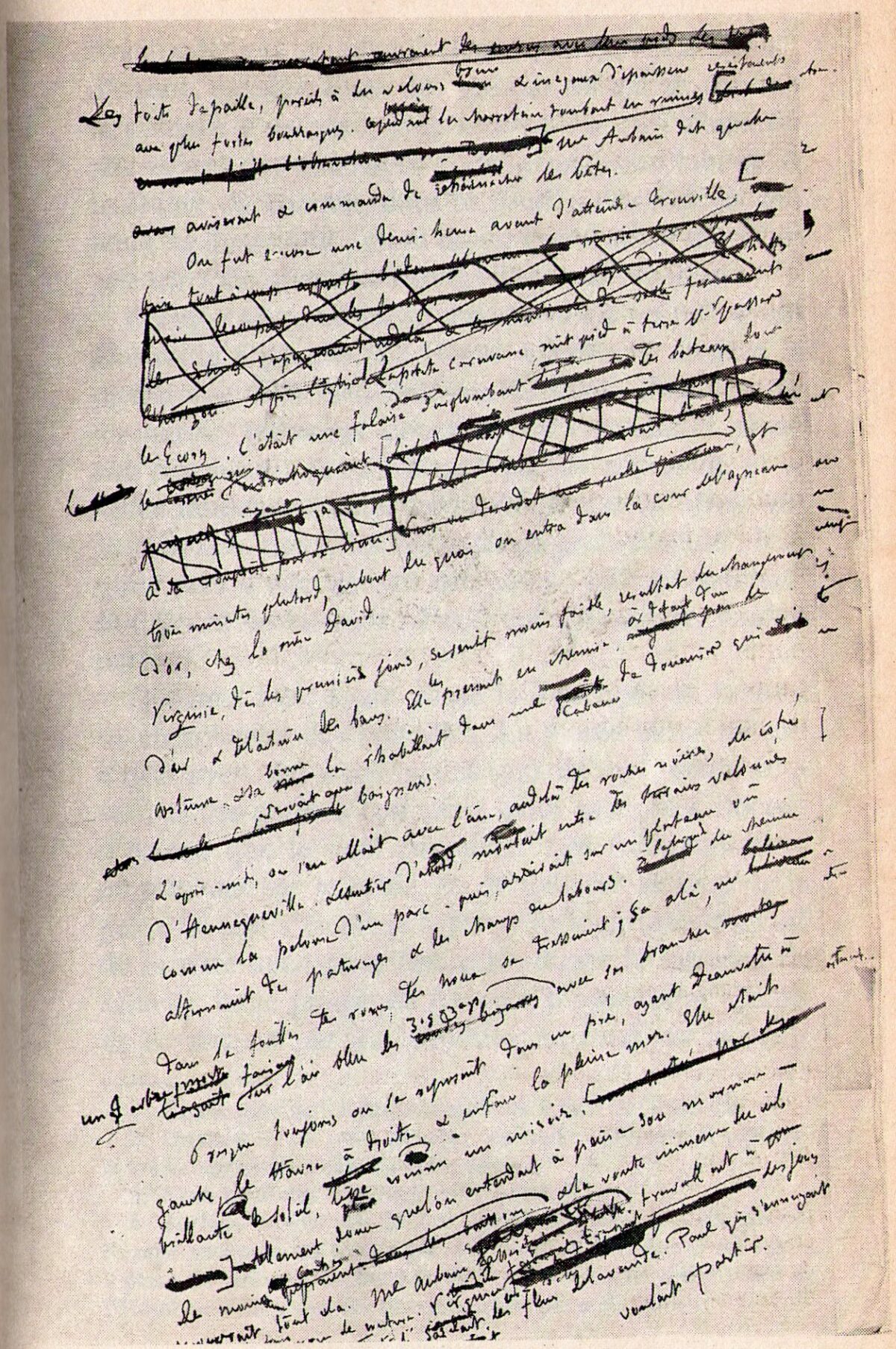In “Can I Help You With That?: Directive Tutoring And The Status Of Contextual Information In The Writing Center,” the most recent Tutor’s Column from the Writing Lab Newsletter, Ari Cuperfain of Yeshiva University describes a hypothetical tutorial scenario that raises some difficult questions about the line between acceptable directive methods and plagiarism.
Consider the following dilemma: After a productive conference fine tuning what was already a stellar draft, “you have a student from the same class writing on the same topic. Although his essay is well written, you notice his thesis could be challenged by the previous writer’s essay. You don’t think you would have realized this contradiction without having first read the other essay, yet now that you have, you see a blatant contradiction in the new writer’s paper.”
I can’t say that I’ve been in the same situation myself, but I was immediately drawn to Cuperfain’s discussion simply because the example is such a terrible pickle for any tutor to experience. Like all writing center staff, UCWbL tutors are constantly faced with the dichotomy of minimalist vs. directive approaches and are equipped with scholarship from both ends of the spectrum and everywhere in between, but Cuperfain’s hypothetical is one of those gray areas that simply isn’t fully addressed by either side of the debate.
As Cuperfain points out, the issue is about academic integrity as much as it is about best practices and the broad goal of peer tutoring: to improve the writer before the writing itself. She brings in the familiar perspective of Linda Shamoon and Deborah Burns, premier advocates of directive methods, and notes that while their argument for the use of modeling in writing tutorials is convincing, gray areas like this are not considered. While we can’t expect scholars to address every scenario a tutor could possibly encounter, dilemmas like this are significant to the larger debate because a response to them is likely to influenced by more general observations about directive or minimalist tutoring that don’t necessarily hold true in practice.
Because the tutor in this conference is relying on information from the essay of Student A to diagnose the problem in that of Student B, the situation becomes something of a double-edged sword. If the tutor chooses to point out the issue and makes suggestions based on what was learned in the previous appointment, he or she is likely overstepping the bounds of a ‘peer’ and violating both the academic integrity policy and peer-writer confidentiality standard. On the other hand, if the tutor chooses to withhold the critique and comment on secondary concerns with the draft, he or she is potentially doing the writer a disservice, approving of an argument that is clearly flawed.
Cuperfain conferred with a group of writing center personnel to discuss this issue. The consensus was that the issue is in fact an ethical one and that the fundamental consideration any tutor should remember in this situation is that he or she is an authority on the writing process, not the content of any one essay.
To address the risk of neglecting a significant flaw in the writer’s project, the group discussed more minimalist strategies that could help the tutor identify the problem without drawing from Student A’s paper directly. While Student B’s misinterpretation of the source cannot be explicitly identified without overstepping one’s boundaries, it would be ethical to engage with the draft more critically, asking where the claims and evidence are coming from and noting parts of the argument that lack concrete support. According to Cuperfain, thinking about the student’s reaction to the session is a good way to gauge an appropriate strategy.
“A useful tactic in such situations is to assess whether the tutee would leave the session feeling as if she developed the essay on her own, or merely as if she was spoon-fed the material.”
These potential solutions all arise from a major goal of any tutorial that can be easy to forget: provide helpful feedback while allowing the writer to stay in charge of the draft. This is a very broad principle, but we can see how it applies to this gray area. If the content of Student A’s draft were used to inform the critique of Student B’s, the feedback would probably be very helpful, but the tutor would be doing most of the work. To take an inquiry-based approach would be less time efficient, but would also allow Student B to make an important realization about the source on his or her own. The conclusion of this scenario should not be interpreted as a condemnation of directive strategies and a celebration of minimalist ones, but rather as a case study that emphasizes the necessity of maintaining a balance between the two.
Discover more from UCWbLing
Subscribe to get the latest posts sent to your email.

